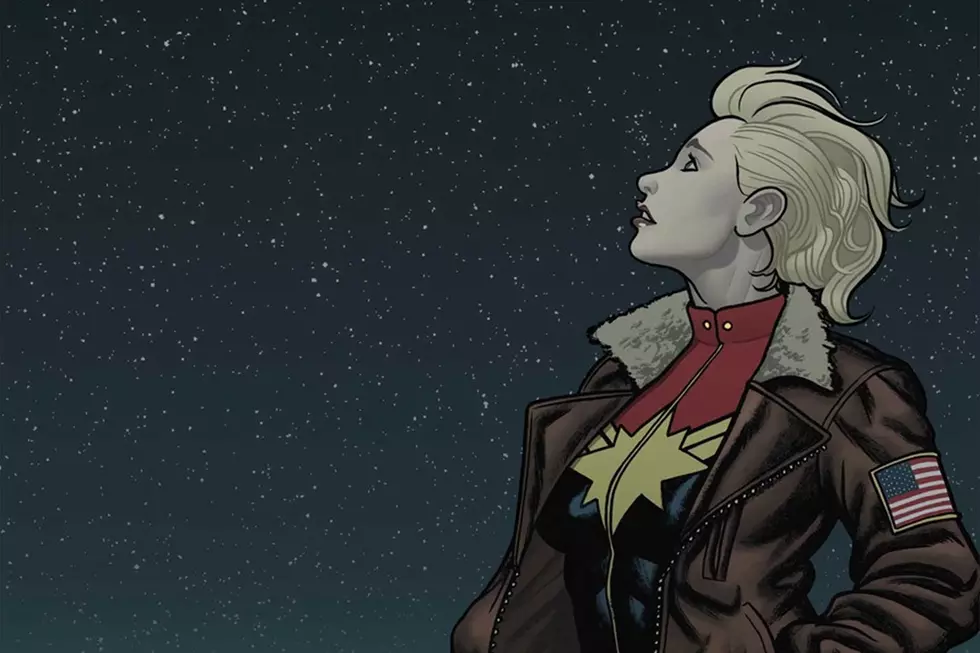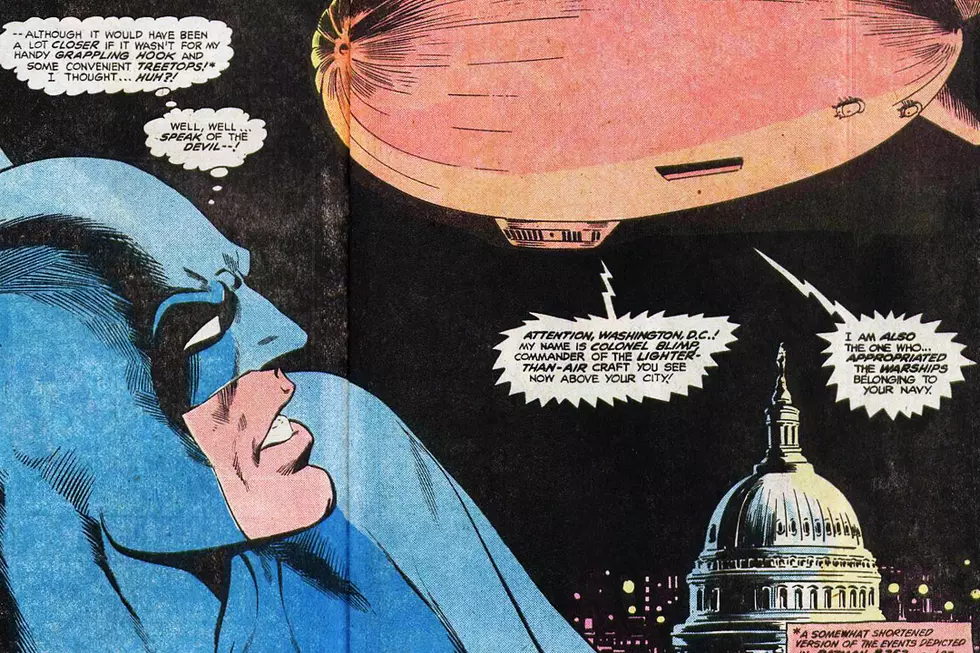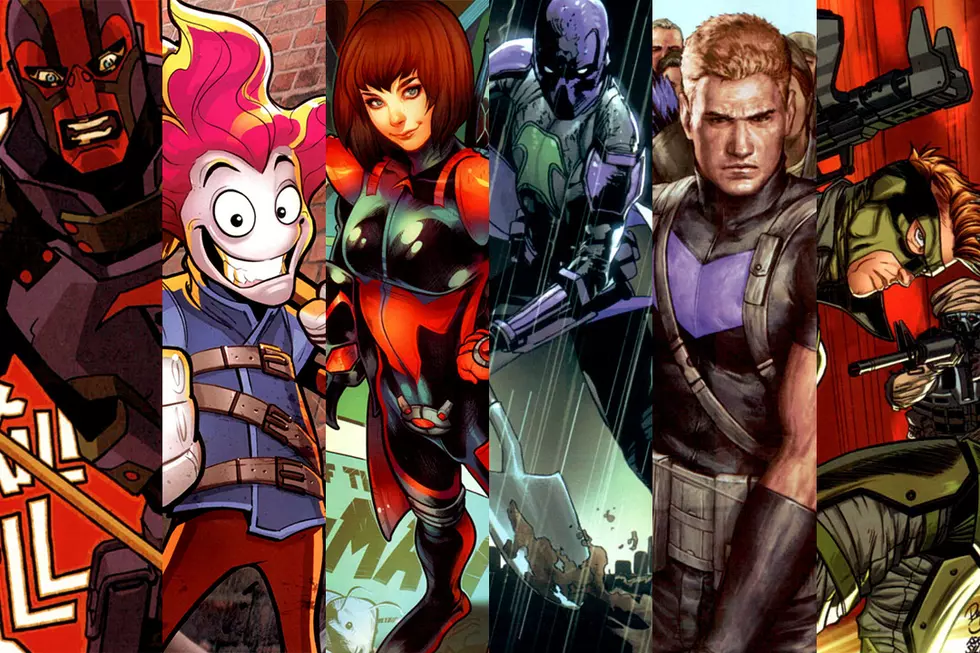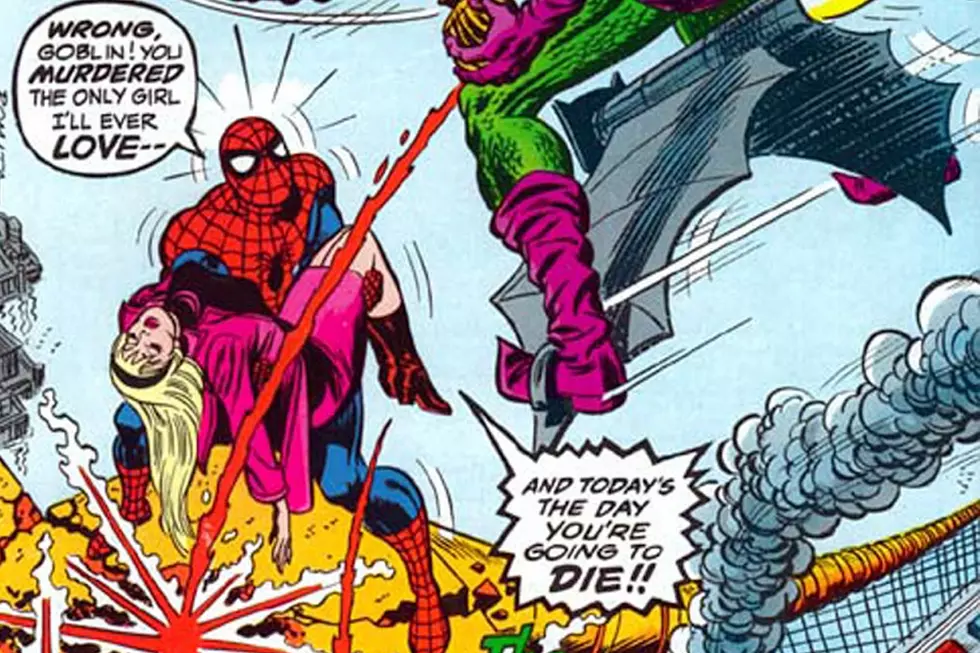
Cinder And Ashe: José Luis García-López’s Nearly Overlooked Masterwork
Originally published by DC Comics in 1988, Cinder and Ashe is a comic by Gerry Conway, José Luis García-López, and Joe Orlando about two mercenary/detective friends who are unable to escape and reconcile with the horrors of their shared past in Vietnam -- a past which has become actualized with the returning of a mad killer who they both thought was long dead. The story takes place in New Orleans with flashbacks to Vietnam, and some stops in Washington, DC and Iowa.
Now available in a collected edition, the book reminds me of a kind of well executed '80s film, like a less supernatural Angel Heart, or like Death Wish plus Deer Hunter. There’s just a sophistication brought to this type of story that might in other hands be fairly middlebrow. Maybe a better comparison would be XIII, the French action comic by Jean Van Hamme and William Vance, or the types of crime and conspiracy comics Ed Brubaker and Sean Phillips like to make.
Cinder And Ashe features a particularly resonant character called Lacey, a man who haunts both Cinder and Ashe’s past and present. Lacey was supposed to have died in Vietnam -- but here he is alive in the present day, although less a man than a repressed apparition made manifest.
The inescapability of their pasts that Lacey represents is the major theme of Cinder and Ashe's story, and it's interesting how García-López underscores that with subtleties of character design. Even in the present day, Cinder wears only slight modifications of the clothes we see in the flashbacks to her time in Vietnam. She is in some ways always the short haired street thief, and all of the horrors she experienced because of that are somehow visible in her appearance. Ashe is even more overt. There’s nothing he wears that doesn’t invoke some version of a military uniform. Even the way García-López draws him standing and moving betrays this nature -- he’d look like a soldier even if he was naked.
Ashe went to the war as one thing. That thing stayed there, and he came back another. We actually can see this transformation in the changed expressions and posture of Ashe before and after the war. Pre-Vietnam, Ashe rarely covered his face and had a certain wide eyed innocence to him. Afterwards, his face is almost always obscured by a cap or shadows. His eyes are downcast. He doesn’t meet people’s gaze. His shoulders slump a little bit. It’s subtle, but masterful enough that Conway never really has to belabor the point in the script. We see the difference, we know the shorthand of ‘Nam as a cultural touchstone, and the rest we can fill in, in our heads.
The 'Nam flashbacks are themselves some of the most beautiful and enduring panels in the entire story, with colorist Orlando choosing a palette of reds, mustard yellows, greens, and orange to create this garish nightmare of visceral jungle and deep psychological trauma. It’s contrasted against the cooler blues and more color bare panels that make up the present day scenes, as if some of the color of the real world has been bled out through the horrors of war.
The most impressive thing with the book, though, is obviously García-López. Because of the clarity of his art and his considered compositions, it just seems like he has all the space in the world for his pages. His nine-panel grids feel as expansive as most artists' two-page spreads. He knows what to show, when to show it, and the most dynamic way to position everything in a way that leaves enough space for the page to flow -- but with enough detail and beauty that you can lose yourself in a panel. I think there’s only two splash pages in the whole series, and they’re nowhere near the most impressive pages in the whole book.
A big reason why García-López’s art really hits so hard is because Orlando doesn’t overwhelm the lines. By sticking to flat colors and simply modulating the tone and space of the page through palette and contrast, you are really allowed to be drawn into the book’s warm newspaper print pages. I was really happy that DC didn’t reprint this book on glossy shiny pages like some companies do with older material. The softer newspaper-ish pages allow for García-López’s line to blend in with Orlando’s colors, and you really do sink into the pages like a warm bath.
García-López’s lines, though clean and somewhat minimalist compared to other Spanish and Argentine artists of the surrounding eras, is never stiff. His characters are never in a static position; they’re always stretching, or crunched up, or twisting. There is constant dramatic content in their movements. And even beyond the body language are the glances and expressions that make up his character’s faces. You don’t need Conway’s first-person narration to know what these characters are thinking or going through -- or to even see something there that is beyond the words Conway has put on the page. You know how some actors get great performances from their actors, and others don’t? I think that this sort of eye for performance is at work here as well. García-López gets wonderful performances from his actors.
Beyond the thematic linkages that García-López has built into his character designs, Cinder And Ashe is notable for its heroes' sheer... fashion-on-pointedness. All of his characters have their own sense of style, and through the myriad of outfits García-López offers, you can imagine these characters getting up in the morning and choosing to get dressed in this way. And of course García-López’s ability to draw those clothes is similarly masterful. The way Cinder’s short sleeve tops drape off of her shoulders, the way Ashe’s clothes hang off his stooped shoulders, the way his blazer moves when he’s running vs. standing still. You can understand the fabric and how each piece of clothing wears.
It must be said that the overall sense of how these characters dress is pretty dope, too. Modern comics don’t seem to quite have this same fashion consciousness. For whatever reason, '80s comics artists seemed to get really into the fashion of the time, and were generally pretty good at coming up with some great looks in a way that you kind of miss in contemporary comic art. I'm not sure what the reason for that is, exactly. But nice accessories like Cinder’s glasses or headband or her red and black polka dotted blouse under her grey striped suit -- that sh*t is just plain cool. I mean, García-López even changes Cinder’s earrings depending on the outfit she’s wearing. It’s all so considered without ever calling attention to itself. There’s an effortlessness to Garcia-Lopez’s work here, where it’s just like “oh, this? yeah, that’s just something I do.”
Yeah, cool book.
More From ComicsAlliance




![The Family That Slings Together Stays Together: ‘Amazing Spider-Man: Renew Your Vows’ #1 [Preview]](http://townsquare.media/site/622/files/2016/10/Amazing_Spider-Man_Renew_Your_Vows_Featured.jpg?w=980&q=75)




